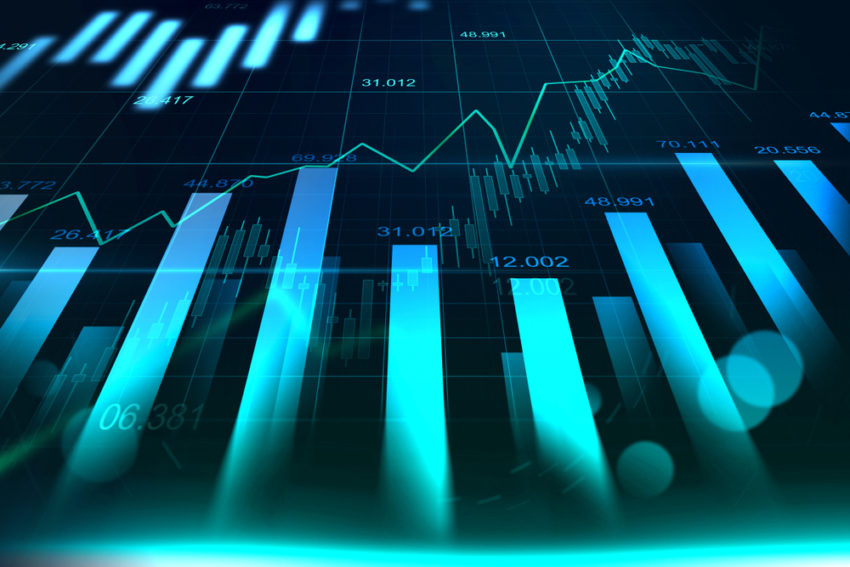While BTC is looking for a stronger base, ETH and LTC are in motion. The narrative before the halving time is followed by Litecoin, and ETH seems to be slightly rising on the Bitcoin pair.
The Bitcoin price is having a goal price resistance level of $17,000.
The price movement of BTC
The value of crypto has lately come to a backup level at seventeen thousand dollars as the downturn continues. It appears that it is currently feasible. The coins typically have positive periods of time ahead of rewards being cut in half.
Altcoins appear to be embracing the pre-halving hype even though the next Litecoin halving is in 237 days from November.
On June 6, LTC increased by 58.6 percent, with the start that reflected the price three times higher than the previous level – it took place during the prior halving.
Additionally, turning green on the 1-day timeframe is the Guppy Multiple Moving Averages index. Rarely does something like this occur?
Litecoin continues the movement of even greater losses, integrations, and breakouts of bullish flags with some additional compounding, according to technical analysis.
Before the price halves, LTC’s price might rise as high as $100–$125 if the market structure remains the same and the coin follows its 20-day moving average.
The ETH systems alterations
The censorship of ETH-based crypto financing systems and US compliance has affected Ethereum’s actions on the market in a possibly declining post-merger state, and US SEC departments are altering their view of ether as a commodity.
Securities are likely concerned about the potential impact. Interesting narratives can be found in on-chain info. Colors are revealed by looking at the on-chain information.
This is due to the potential for these to ultimately signal alterations in movement and trends.
Investors can obtain a more broad understanding of whether taking a state in ETH is a wise move by distinguishing the indexes with exchanged levels, values, and more different tech analysis and research metrics.
These indicators typically show a marketplace’s highest levels when the capitalization is substantially greater than its real value, and they can help determine whether an asset is overvalued or undervalued in relation to its fair value.

